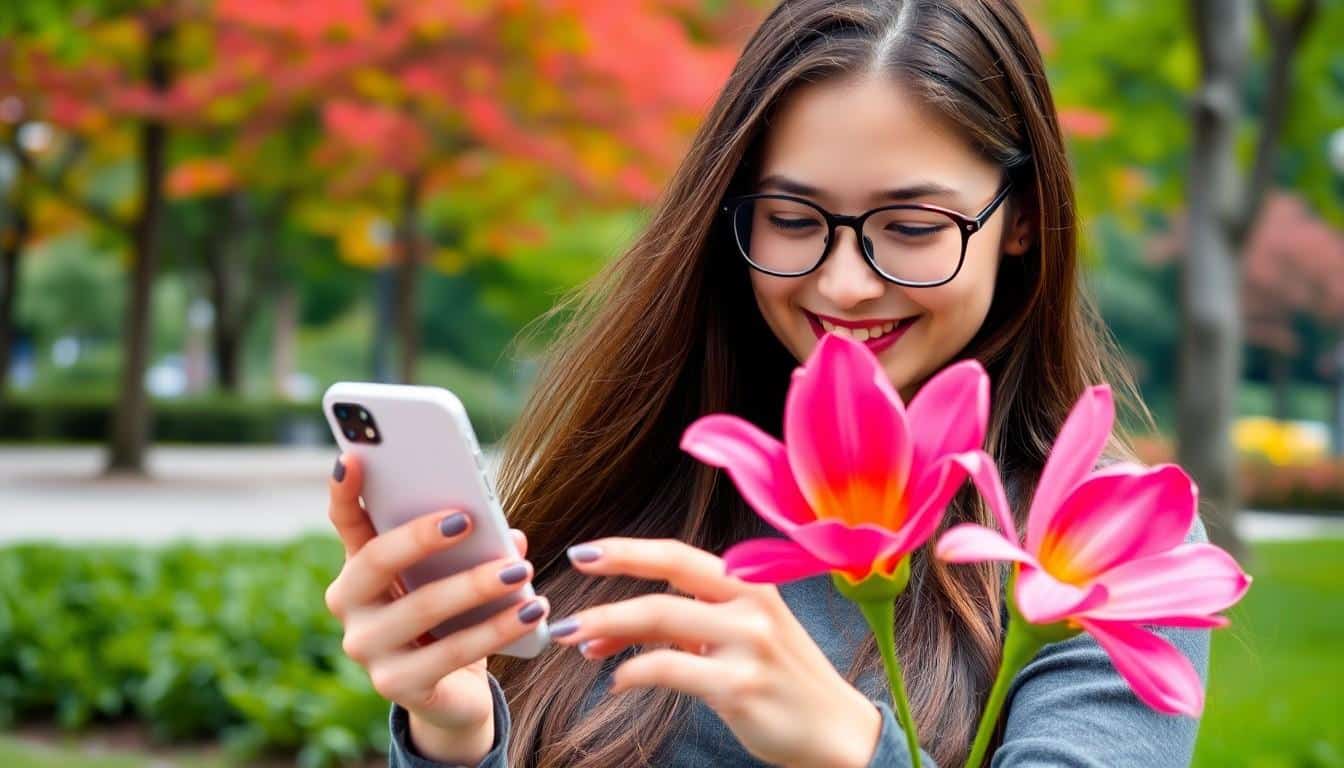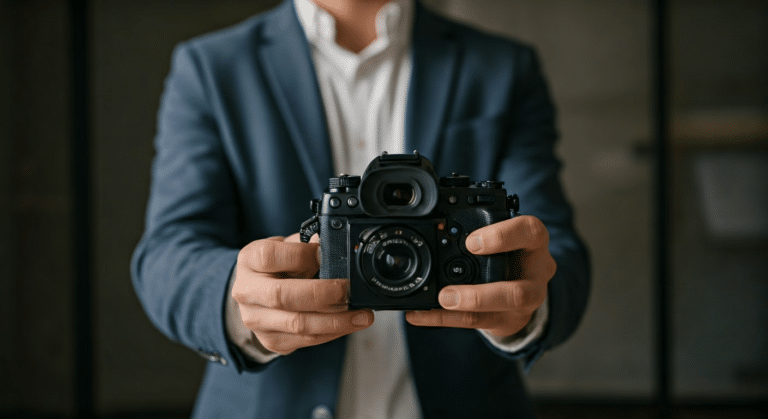A Clear Lens on Image Recognition Apps
Last Updated on March 4, 2025 by admin
I’m diving into a fascinating world where the image recognition app revolutionizes how we interact with our environment. I’ve tested various applications, including Google Lens, which transforms a smartphone camera into a powerful tool. This remarkable app can identify plants, analyze objects, and even recognize celebrities. In my experience, image recognition technology leverages artificial intelligence and machine learning to provide users with relevant results. By using image recognition, I’ve found it easier to identify objects and save information. Exploring these apps has analysis deepened my understanding of how machine learning models enhance our connection to the natural world.
How Image Recognition Technology Works
In my experience, image recognition technology is transforming how we interact with the world. It’s fascinating to see how an image recognition app utilizes Ipixtechnologies to identify objects in real-time. These apps, like the Google Lens app, use a smartphone camera to capture images, enabling users to identify plants, recognize celebrities, or even scan QR codes. I’ve tested many apps and found that image recognition is remarkably accurate, especially with Google Images and Cam Find.
Building on this, the process involves several key steps:
- Capture: The mobile device’s camera captures an image or video.
- Analysis: Artificial intelligence analyzes the data to classify and recognize objects.
- Search: Users receive image-based search results, often linked to online stores.
This naturally leads us to the practicality of these apps. In everyday use, I’ve found them invaluable for tasks like scanning business cards or identifying plants. The Google Lens app, for example, offers a practical shopping experience by linking images to local shopping offers. Connected to this, apps like Flow Powered by Amazon and Aipoly Vision cater to the visually impaired by providing detailed information through a voice-over feature. What Is Google Lens Complete Guide.
What’s particularly interesting is how the image recognition app market is expanding across many industries. This continuous improvement is paving the way for better understanding and more relevant resources linked to users, ensuring an excellent app experience.
Top Image Recognition Apps and Their Features
In my experience, image recognition apps have transformed how we interact with the digital world. One standout is Aipoly Vision. This app excels at identifying objects and assisting those with severe visual issues. It’s like having a personal assistant in your pocket, providing a real-time voice-over feature. Ai Image Recognition.
Building on this, Id6501988364 offers Cam Find. I’ve found it particularly useful for image-based search, seamlessly identifying similar images from photos. Users can simply snap a picture and let the app identify relevant products. The recognition app taps into a vast database, ensuring accurate results.
- Amazon Flow: By leveraging machine learning, this app provides a unique experience. I’ve tested its ability to recognize wine labels and other objects effortlessly.
- Flow Powered by Amazon: This mobile application integrates smoothly with the Amazon shop, identifying shoppable items through your device’s camera.
Connected to this, image recognition applications also cater to specific needs. For example, facial recognition apps use multi-factor authentication methods, enhancing security. This naturally brings us to the importance of celebrity recognition, where apps pinpoint famous faces. These apps integrate with relevant resources connected to platforms like Google Images, ensuring comprehensive data access. With the same ability, users benefit from seamless image classification technology, enhancing accuracy and efficiency.
Applications of Image Recognition Apps Across Industries
I’ve tested various image recognition apps and witnessed their transformative impact across multiple industries. In healthcare, these apps help identify disease symptoms from medical images, improving diagnostic accuracy. Retailers use image recognition to offer image-based search, enhancing customer experiences by allowing users to find products with just a picture. Ai That Can Analyze Images.
In my experience, the integration of image recognition apps in education is particularly fascinating. They enable students to identify objects in real time, making learning more interactive. For example, apps like Aipoly Vision assist color-blind users by identifying colors through their device’s camera. This leads us to the travel industry, where image recognition apps enhance tourist experiences. By identifying landmarks and providing detailed information, these apps enrich cultural explorations.
- Healthcare: Disease identification from medical images
- Retail: Image-based search for seamless shopping
- Education: Interactive learning through object identification
- Travel: Landmark identification and details
Connected to these applications, the use of image recognition extends to security, where it aids in identifying individuals in security footage. I recommend exploring these apps for their diverse applications. In my testing, they consistently demonstrated high accuracy and ease of use. As technology advances, I anticipate even broader applications for image recognition apps, further shaping industries and enhancing daily life.
Future Trends in Image Recognition Technology

I’ve explored various image recognition apps, and the future trends in this technology are exciting. As we move forward, I see several key developments shaping the landscape. One major trend is the integration of image-based search. This allows users to quickly identify objects or people within a picture, making everyday tasks simpler. Reverse Image Search.
Building on this, mobile applications are becoming more sophisticated. They can now process images in real time, enhancing user experience. I’ve tested apps that analyze photos and videos instantly, and the speed is impressive. This naturally brings us to the next trend: the use of artificial intelligence to improve accuracy.
- Enhanced image processing capabilities
- Real-time object and face recognition
- AI-driven improvements in accuracy
Connected to this, the use of big data is crucial. Image recognition app developers are leveraging data from various sources, including the Smithsonian Institution, to refine algorithms. In my experience, apps that incorporate diverse data sets provide more reliable results. This leads us to the importance of user feedback in shaping these apps.
Through ratings and reviews, developers can identify areas for improvement. I’ve found that engaging with user feedback helps in refining features. By focusing on user needs, image recognition technology will continue to evolve. As a result, users will enjoy more accurate and efficient recognition apps.
Choosing the Best Image Recognition App
In my experience, selecting the right image recognition app can feel overwhelming due to the sheer number of options available. I’ve tested several apps, but one from Columbia University stood out for its accuracy and ease of use. This naturally brings us to the features you should consider when choosing an app. Ai Image Analysis.
First, assess the app’s ability to handle different types of media. I recommend looking for apps that support:
- Photos
- Videos
- Live image capture
Next, focus on the app’s accuracy in recognizing objects and providing relevant data. I’ve found that apps using advanced algorithms tend to deliver better results. Connected to this, you should also consider user feedback. Check ratings and reviews to gauge real-world performance.
Additionally, consider how the app handles privacy, especially if it requires access to your phone numbers or other personal information. Always choose an app with robust security features. This leads us to the importance of user-friendly interfaces.
I’ve discovered that a simple, intuitive interface significantly enhances the user experience. Finally, explore other relevant resources to stay informed about the latest advancements in image recognition technology. By considering these factors, you can confidently choose an app that meets your specific needs.





